Association between Dental Attendance and Untreated Coronal Caries among 45-60 Years Visiting Private Dental College: A Retrospective Analysis
2 Department of Oral and Maxillofacial Surgery, Saveetha Dental College and Hospitals, Saveetha Institute of Medical and Technical sciences, Saveetha University, Chennai, India
Received: 29-Sep-2021 Accepted Date: Oct 06, 2021 ; Published: 31-Dec-2021
This open-access article is distributed under the terms of the Creative Commons Attribution Non-Commercial License (CC BY-NC) (http://creativecommons.org/licenses/by-nc/4.0/), which permits reuse, distribution and reproduction of the article, provided that the original work is properly cited and the reuse is restricted to noncommercial purposes. For commercial reuse, contact reprints@pulsus.com
Abstract
Dental caries is one of the oral health problems which causes destruction of hard parts of the tooth by interaction of bacteria and fermentable carbohydrates. Dental caries continue to be an important public health problem in most developing countries. Making regular dental visits plays a major role in the prevalence of dental caries. A retrospective study was conducted by reviewing 86,000 patient records of the authors University hospital for a period of nine months from June 2019 to March 2020. About 100 consecutive case records with signed informed consent making dental visits for regular oral health check-up were retrieved. Data on number of dental visits and number of untreated coronal caries were retrieved and analysed. Descriptive statistics was done to present the socio demographic details and chi square association test was employed to find the association between untreated dental caries. Most of the patients (45.1%) were at the age group 51-55 years. About 19% and 10% of patients with one and two dental visits per year had 6-10 teeth with untreated coronal caries. No significant association of age, gender in dental visits and untreated dental caries was observed (p>0.05). There was no significant association of dental visits with untreated coronal caries. Dental attendance among the age group 45-60 years has no influence on untreated coronal caries. Other contributing factors such as lack of time, lack of awareness may play a role for the prevalence of untreated coronal caries.
Keywords
Association; Coronal caries; Dental attendance; Untreated
Introduction
Dental caries is one of the most common oral health problems. [1] Dental caries causes destruction of hard parts of the tooth by interaction of bacteria and fermentable carbohydrates. [2] Nearly 60%-90% of children and about 100% of adults have dental caries often leading to pain and discomfort. [3] Even though overall prevalence of untreated caries decrease in developed countries, dental caries continue to be an important public health problem in most developing countries. [4] In India National Health Survey in 2004 reported prevalence of untreated dental caries in coronal and root surface, 51.9% in 5 years old children, 63.1% in 15 yrs old teenagers, 80.2% in adults aged 34-44 years old, 85.0% in adults between 65-74 years age group. [5] Untreated oral disease will not resolve if left untreated and can profoundly impact quality of life. [6] Pain from untreated oral disease can restrict normal activities of daily life and disturb sleep. [7] Moreover in advanced states, untreated caries destroy tooth structure leaving only tooth fragments that leads to abscesses, swelling, bleeding, pain, ulceration, etc. Cochrane systematic review found that failure to control the progression of oral disease may increase the risk of adverse health outcomes. [8,9] Invasive dental procedures like extraction increased the risk of ischaemic stroke and myocardial infarction in elderly patients. [10]
Also study reported that,most commonly reported reasons for not seeking dental care were “Not needed unless having pain” by 360 (60%), “I do not think dental diseases are very serious” by 304 (51%), “I have fear of dental procedures” by 290 (48.6%),“Lack of time” by 235 (45.6%), “Dental treatment is expensive” by 200 (33.3%), and “The dentist is at a long distance” by 158 (26.8%). [4] Presence of extensive untreated caries in adults indicates that the majority of the population do not have access to interventions effective in preventing and controlling oral disease. These intervening factors include transporting difficulties, cost of dental care, accompaniment of family members etc. Also long term dental attendance results in greater tooth retention. This study therefore sheds light on evaluating association between untreated coronal caries with dental attendance in our population background. Previously our team had conducted numerous clinical trials, [11-19] surveys [20- 24] and in vitro studies [25-28] over the past 5 years. Now we are focussing on epidemiological studies. Previously our team has a rich experience in working on various research projects across multiple disciplines. [5–19] Now the growing trend in this area motivated us to pursue this project.
The idea for this study stemmed from the current interest in our community. Therefore this study aims to evaluate association between dental attendance and untreated coronal and there helps to prevent progression of oral disease.
Materials and Methods
Study design and setting
A retrospective study was conducted by reviewing 86,000 patient records of the authors University hospital for a period of nine months from June 2019 to March 2020.
Sample selection
About 100 consecutive case records with signed informed consent with information on number of dental visits for regular dental check-up and number of untreated coronal caries were retrieved and analysed.
Ethical approval
The study was commenced after approval from the scientific review board, and the ethical clearance was obtained from the ethical committee of the University with the following ethical approval number- SDC/SIHEC/2020/DIASDATA/0619-0320.
Data collection
Information on Patient age, gender, number of untreated coronal caries and dental attendance in terms of number of dental visits per year were retrieved from the patient’s records. The untreated coronal caries was diagnosed according to the World Health Organization (WHO) criteria for caries. Ages of participants were categorized as 45-50 years, 51-55 years and 55-60 years for statistical convenience.
Statistical analysis
Data was recorded in Microsoft Excel/2016 (Microsoft office 10) and later exported to the statistical package for social science for windows (version 20.0, SPSS Inc). Descriptive statistics was done to present the socio demographic details and chi square association test was employed to find the association between untreated dental caries and no of dental visits with a level of significance set at p<0.05.
Results and Discussion
Final data set 110 patients. Mean age group of participants in the study was found to be 49 yrs. Figure 1 shows age wise distribution of untreated coronal caries among patients. It was found that 45.1% of patients with untreated dental caries are in the age group between 51-55 years, followed by 44.1% in the age group between 45-50 years and 10.7% in the age group between 56-60 years. Figure 2 shows the number of untreated coronal caries among patients. It was found that 54% of patients have <5 untreated carries and 46% of patients have 6-10 untreated dental caries. Figure 3 shows the number of dental visits among patients. It was found that (52%) of patients have 1 dental visit per year, (37%) of patients have 2 dental visits per year and (11%) of patients have 3 dental visits per year. Figure 4 shows association of age and dental visits. In the age group between 45- 50 years 23% had 1 dental visit per year, 17% had 2 dental visits per year and 4% had 1 dental visit per year. In the age group between 51-55 years 23% had 1 dental visit per year, 15 % had 2 dental visits per year and 7% had 3 dental visits per year. In the age group between 56-60 years 4% had 1 dental visit per year, 4 % had 2 dental visits per year and 3% had 3 dental visits per year. No significant association of age in dental visits (Pearson’ Chi-square value=2.472; p=0.291, not significant). No influence of age on dental visits was observed.
Figure 4:Bar chart showing association of age and dental visits. X-axis: Age group in years; Y axis: Number of patients with dental visits. Chisquare test was done and found to be not significant (Pearson Chisquare value=2.472; p=0.291). Age has no influence on the number of dental visits. However, patients in the age groups 45-50 years and 51-55 years (4% and 7%) made more dental visits than 56-60 years.
Figure 5 shows association of Age and untreated caries. In the age group between 45-50 years 27% had <5 untreated caries and 17% had >5 untreated caries. In the age group between 51-55 years 29% had <5 untreated caries and 16% had >5 untreated caries. In the age group between 56-60 years 9% had <5 untreated caries and 2% had >5 untreated caries. No significant association of dental visits in decayed teeth (Pearson’ Chi-square value=1.880; p=0.255, not significant). No influence of dental visits on decayed teeth was observed. Figure 6 shows association of Gender and dental visits. Among male patients 23% had one dental visit per year, 11% had 2 dental visits per year and 5% had 3 dental visits per year. Among female patients 33% had one dental visit per year, 19% had 2 dental visits per year and 9% had 3 dental visits per year. No significant association of Gender in dental visits (Pearson’ Chi-square value=2.383; p=0.034, not significant). No influence of Gender on dental visits was observed. Figure 7 shows association of Gender with untreated caries. Among male patients 27% had <5 dental caries and 12% had >5 dental caries. Among female patients 41% had <5 dental caries and 20% had >5 dental caries. Chi-square association was done and found to be not significant (Pearson Chi-square value=1.833; p=0.452). Figure 8 shows association of dental visits and untreated caries. Among participants with 1-5 untreated caries 37% had 1 dental visit per year, 20% had 2 dental visits per year and 11% had 3 dental visits per year. Among patients with 6-10 untreated caries 19% had 1 dental visit per year, 10% had 2 dental visits per year and 3% had 3 dental visits per year. No significant association of dental attendance and untreated coronal caries (Pearson’ Chisquare value=3.910; p=0.418, not significant).
Figure 5:Bar chart showing association of age and untreated caries. X-axis: Age group in years; Y axis: Number of patients with untreated coronal caries. Chi-square association test was done and found to be not significant (Pearson Chi-square value=1.880; p=0.255). Age has no influence on untreated dental caries. However, the number of untreated coronal caries was high in the age group 51-55 years (29%).
Figure 6:Bar chart showing association of gender and dental visits. X-axis: Gender; Y axis: Number of patients with dental visits. Chi-square association test was done and found to be not significant (Pearson Chisquare value=2.383; p=0.234). No influence of gender on dental visits was observed. However, females (9%) made more dental visits than males (5%).
Figure 7:Bar chart showing association of gender and dental visits. X-axis -gender; Y axis- number of patients with dental visits. Chi-square association test was done and found to be not significant (Pearson Chisquare value=2.383; p=0.234). No influence of gender on dental visits was observed. However, females (9%) made more dental visits than males (5%).
Figure 8:Bar chart showing association of dental visits with untreated caries. X-axis: Dental visits; Y axis: Number of patients with untreated coronal caries. Chi-square association was done (Pearson Chi-square value=3.910; p=0.418, not significant). Dental attendance has no role on untreated coronal caries. However, the number of untreated coronal caries was found to be higher among patients making one dental visit per year.
A total of 110 patients participated in the study. Female group of patients was 61%, male group 39%. The respondents were in the age group between 45-60 yrs. Among them increased incidence of untreated incidence of untreated coronal caries was observed in the age group between 51-55 years (45.1%). These findings are in line with a study by Deyu et al., which reported permanent teeth of adults aged 35-44 and 65-74 years have more caries and less restoration. [20] Another study reported prevalence of untreated coronal caries among various age groups 51.9%, in 5 years old, 53.8% in 12 yr old , 63.1% in 15 years old , 80.2% in adults (35-44 years old, 85.0% in adults aged 65-74 years old. [21] In the current study, among male patients 23% had one dental visit per year, 11% had 2 dental visits per year and 5% had 3 dental visits per year. Among female patients 33% had one dental visit per year, 19% had 2 dental visits per year and 9% had 3 dental visits per year. This finding is in line with studies which concluded females bear a higher burden of dental caries compared to males. [22,1-33] Higher prevalence in females were attributed to earlier tooth eruption, hence longer exposure of teeth to cariogenic environment, neglected oral hygiene, nutritional changes during pregnancy, social factors like ritual fasting, hormonal fluctuations during puberty, pregnancy and menstruation. In the current study no significant association between gender and no of dental visits was observed. These findings are contradictory to study by Tada et al which reported significant gender differences with dental attendance. [23,24]
In the current study no significant association between age and number of dental visits was observed. The studies reported that older adults may have more difficulty accessing effective intervention to prevent and control oral disease than do young adults. Studies also reported lack of insurance as a major barrier which forces aged people to choose no treatment or lower cost options such as tooth extraction instead of more expensive endodontic and prosthetic treatment. Study by Masko et al. reported that 12.4 million children and 57.6 million adults are left with untreated caries and also indicated that no association of dental attendance with untreated dental caries in children. This indicates that a sizable number may not have access to interventions effective in preventing and controlling oral disease. Our institution is passionate about high quality evidence based research and has excelled in various fields. [25–33] We hope this study adds to this rich legacy.
The present study has certain limitations that the results of the present study cannot be extrapolated to other populations due to ethnic, cultural and environmental variations in oral hygiene measures and frequency of dental visits. Further multicenter longitudinal prospective studies are required to prove hypotheses.
Conclusion
Within limits of the study, it may be concluded from this study that the number of untreated coronal caries decreases with high dental attendance. However, no significant association was found between dental attendance and untreated coronal caries. Other contributing factors to untreated coronal caries such as oral hygiene behavior, food habits, lack of time and lack of awareness on oral health among people may play a significant role which needs to be assessed.
Acknowledgement
We take this opportunity to express our sincere gratitude to the University for granting us permission to utilize the patient records for this study purpose.
Authors Contribution
Keerthika S, performed the analysis and interpretation and wrote the manuscript. Arthi B contributed to conception, study design, analysis and critically revised the manuscript. Santhosh Kumar participated in the study and revised the manuscript.
Conflict of Interest
Keerthika S, performed the analysis and interpretation and wrote the manuscript. Arthi B contributed to conception, study design, analysis and critically revised the manuscript. Santhosh Kumar participated in the study and revised the manuscript.
References
- Petersen PE, Yamamoto T. Improving the oral health of older people: the approach of the WHO Global Oral Health Programme. Community Dent Oral Epidemiol. 2005;33:81–92.
- Carvalho JC. Case report form for oral health assessments: Methodological considerations. Braz Oral Res. 2012;26:10–6.
- Bagramian RA, Garcia-Godoy F, Volpe AR. The global increase in dental caries. A pending public health crisis. Am J Dent. 2009;22:3–8.
- Nagarjuna P, Reddy VS, Sudhir KM, Krishna RV, Gomasani S. Utilization of dental health-care services and its barriers among the patients visiting community health centers in Nellore District, Andhra Pradesh: A cross-sectional, questionnaire study. J Indian Assoc Public Health Dent. 2016;14:451.
- Ponnulakshmi R, Shyamaladevi B, Vijayalakshmi P, Selvaraj J. In silico and in vivo analysis to identify the antidiabetic activity of beta sitosterol in adipose tissue of high fat diet and sucrose induced type-2 diabetic experimental rats. Toxicol Mech Method. 2019;29:276–90.
- Mathew MG, Samuel SR, Soni AJ, Roopa KB. Evaluation of adhesion of Streptococcus mutans, plaque accumulation on zirconia and stainless steel crowns, and surrounding gingival inflammation in primary molars: randomized controlled trial. Clin Oral Investig. 2020;24:3275–80.
- Subramaniam N, Muthukrishnan A. Oral mucositis and microbial colonization in oral cancer patients undergoing radiotherapy and chemotherapy: A prospective analysis in a tertiary care dental hospital. J Investig Clin Dent. 2019;10:e12454.
- Girija ASS, Shankar EM, Larsson M. Could SARS-CoV-2-Induced hyperinflammation magnify the severity of coronavirus disease (covid-19) leading to acute respiratory distress syndrome? Front Immunol. 2020;27:1206.
- Dinesh S, Kumaran P, Mohanamurugan S, Vijay R, Singaravelu DL, Vinod A, et al. Influence of wood dust fillers on the mechanical, thermal, water absorption and biodegradation characteristics of jute fiber epoxy composites. J Polym Res. 2020;27:1.
- Thanikodi S, Singaravelu DK, Devarajan C, Venkatraman V, Rathinavelu V. Teaching learning optimization and neural network for the effective prediction of heat transfer rates in tube heat exchangers. Therm Sci. 2020;24:575–81.
- Murugan MA, Jayaseelan V, Jayabalakrishnan D, Maridurai T, Kumar SS, Ramesh G, et al. Low velocity impact and mechanical behaviour of shot blasted SiC wire-mesh and silane-treated aloevera/hemp/flax-reinforced SiC whisker modified epoxy resin composites. Silicon Chem. 2020;12:1847–56..
- Vadivel JK, Govindarajan M, Somasundaram E, Muthukrishnan A. Mast cell expression in oral lichen planus: A systematic review. J Investig Clin Dent. 2019;10:e12457.
- Chen F, Tang Y, Sun Y, Veeraraghavan VP, Mohan SK, Cui C. 6-shogaol, an active constiuents of ginger prevents UVB radiation mediated inflammation and oxidative stress through modulating NrF2 signaling in human epidermal keratinocytes (HaCaT cells). J Photochem Photobiol B. 2019;197:111518.
- Manickam A, Devarasan E, Manogaran G, Priyan MK, Varatharajan R, Hsu C-H, et al. Score level based latent fingerprint enhancement and matching using SIFT feature. Multimed Tools Appl. 2019;78:3065–85.
- Wu F, Zhu J, Li G, Wang J, Veeraraghavan VP, Krishna Mohan S, et al. Biologically synthesized green gold nanoparticles from induce growth-inhibitory effect on melanoma cells (B16). Artif Cells Nanomed Biotechnol. 2019;47:3297–305.
- Ma Y, Karunakaran T, Veeraraghavan VP, Mohan SK, Li S. Sesame inhibits cell proliferation and induces apoptosis through inhibition of STAT-3 translocation in thyroid cancer cell lines (FTC-133). Biotechnol Bioprocess Eng. 2019;24:646–52.
- Ponnanikajamideen M, Rajeshkumar S, Vanaja M, Annadurai G. In vivo type 2 diabetes and wound-healing effects of antioxidant gold nanoparticles synthesized using the insulin plant Chamaecostus cuspidatus in albino rats. Can J Diabetes. 2019;43:82–9.e6.
- Vairavel M, Devaraj E, Shanmugam R. An eco-friendly synthesis of Enterococcus sp.-mediated gold nanoparticle induces cytotoxicity in human colorectal cancer cells. Environ Sci Pollut Res Int. 2020;27:8166–75.
- Paramasivam A, Vijayashree PJ, Raghunandha KS. N6-adenosine methylation (m6A): a promising new molecular target in hypertension and cardiovascular diseases. Hypertens Res. 2020;43:153–4.
- Tsai H-H. Eruption process of upper permanent canine. Int J Clin Pediatr Dent. 2001;25:175–9.
- Gorrel C. Preventive dentistry. J Vet Dent. 2004;pp:111–8.
- Doyal L, Naidoo S. Women and dentistry: professionals and patients in South Africa. SADJ. 2010;65:286-288.
- Tada A, Hanada N. Sexual differences in oral health behaviour and factors associated with oral health behaviour in Japanese young adults. Public Health. 2004;118:104–9.
- Pradeep Kumar R, John SA. Traditional knowledge of medicinal plants used by Paliyans and Puliyans in Pachalur and Periyur hamlets, Dindugal district, Tamil Nadu. Int J Pharma Bio Sci. 2015;6:238-241.
- VijayashreePriyadharsini J. In silico validation of the non-antibiotic drugs acetaminophen and ibuprofen as antibacterial agents against red complex pathogens. J Periodontol. 2019;90:1441–8.
- Ezhilarasan D, Apoorva VS, Ashok Vardhan N. Syzygium cumini extract induced reactive oxygen species-mediated apoptosis in human oral squamous carcinoma cells. J Oral Pathol Med. 2019;48:115–21.
- Ramesh A, Varghese S, Jayakumar ND, Malaiappan S. Comparative estimation of sulfiredoxin levels between chronic periodontitis and healthy patients-A case-control study. J Periodontol. 2018;89:1241–8.
- Mathew MG, Samuel SR, Soni AJ, Roopa KB. Evaluation of adhesion of Streptococcus mutans, plaque accumulation on zirconia and stainless steel crowns, and surrounding gingival inflammation in primary. Clin Oral Investig. 2020;20:239-242.
- Sridharan G, Ramani P, Patankar S, Vijayaraghavan R. Evaluation of salivary metabolomics in oral leukoplakia and oral squamous cell carcinoma. J Oral Pathol Med. 2019;48:299–306.
- Pc J, Marimuthu T, Devadoss P. Prevalence and measurement of anterior loop of the mandibular canal using CBCT: A cross sectional study. Clin Implant Dent Relat Res. 2018;20:531-534
- Ramadurai N, Gurunathan D, Samuel AV, Subramanian E, Rodrigues SJL. Effectiveness of 2% Articaine as an anesthetic agent in children: randomized controlled trial. Clin Oral Investig. 2019;23:3543–50.
- National survey on drug use and health. National findings. Psyc Extra Dataset. 2006.
- Pavithra RP, PreethiPavithra R, Jayashri P. Influence of naturally occurring phytochemicals on oral health. Res J Pharm Technol. 2019;12:3979.

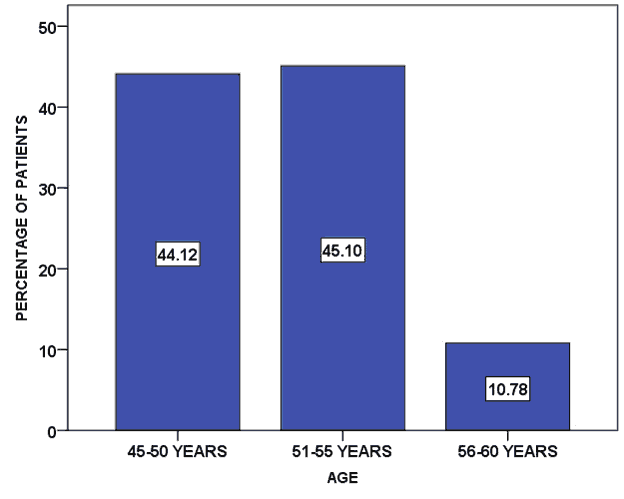
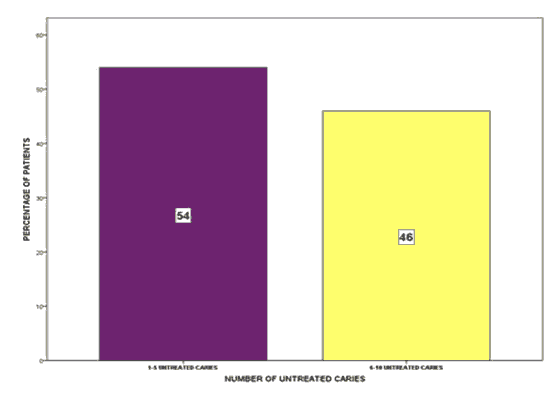
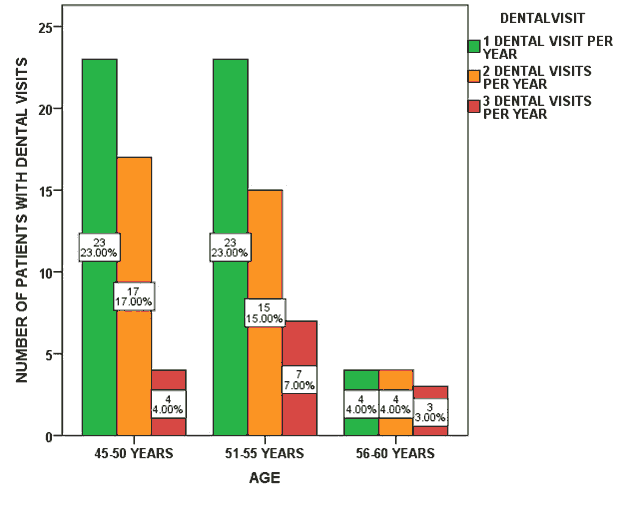
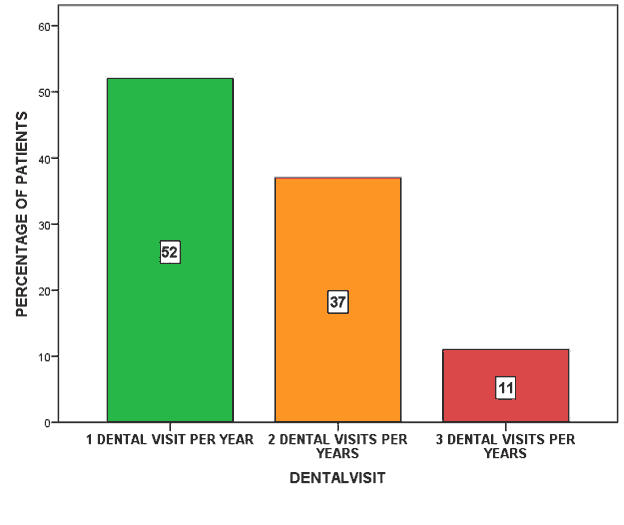
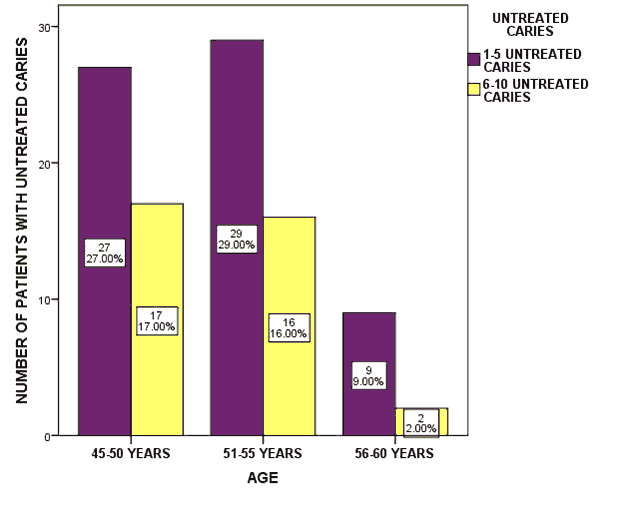
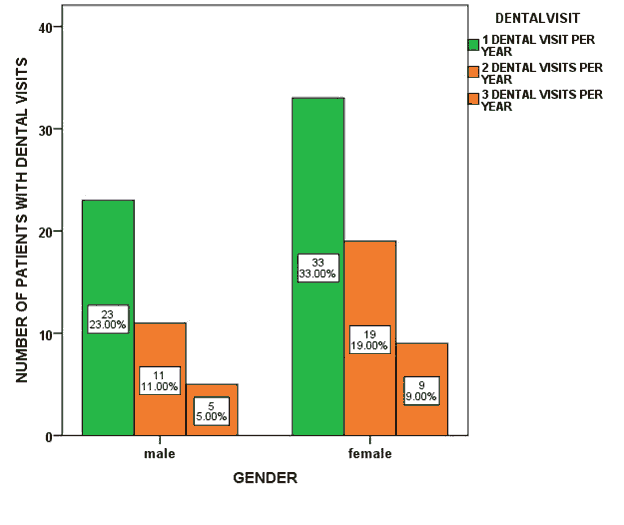
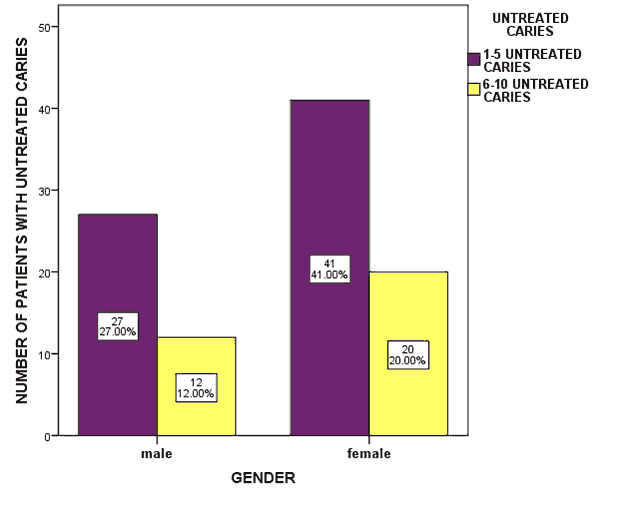
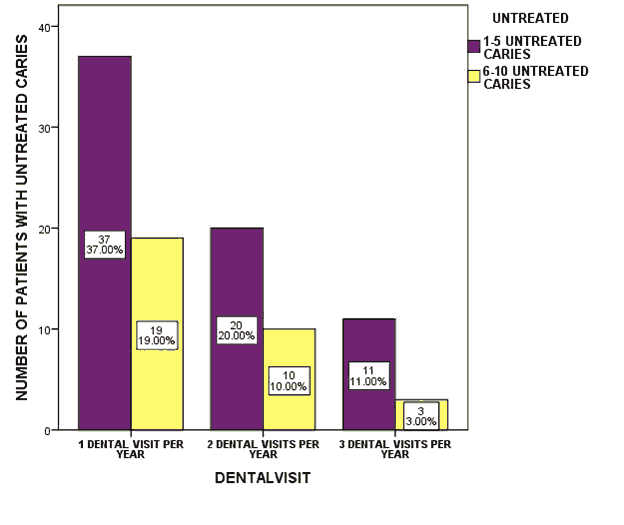



 The Annals of Medical and Health Sciences Research is a monthly multidisciplinary medical journal.
The Annals of Medical and Health Sciences Research is a monthly multidisciplinary medical journal.